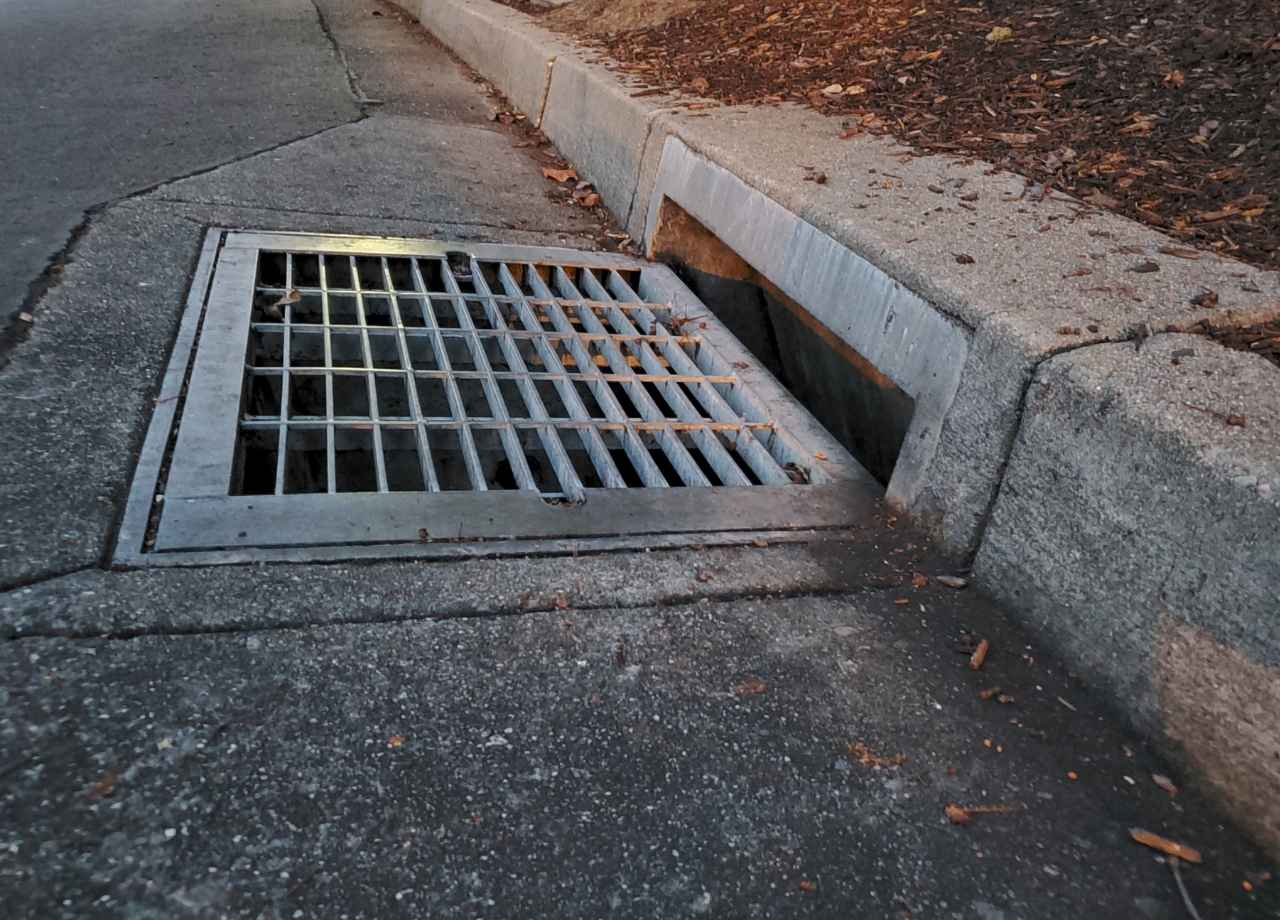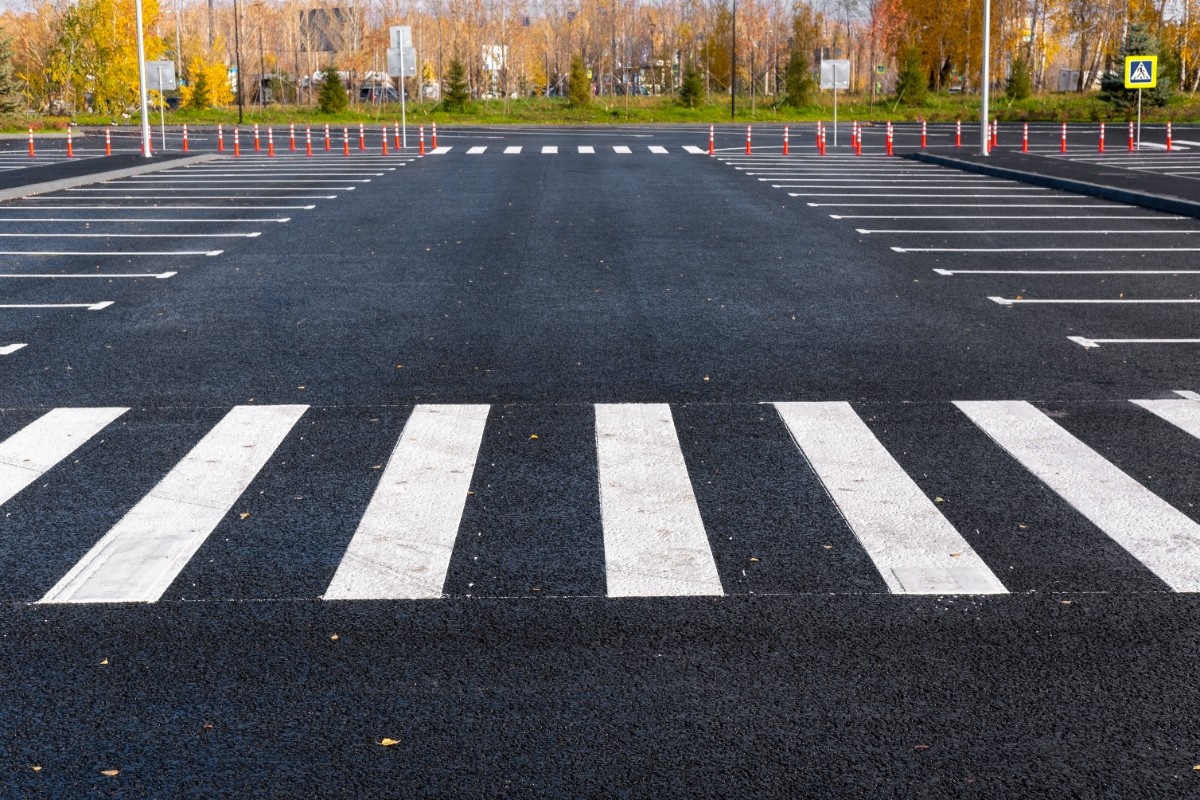Asphalt Quality vs. Lot Maintenance Costs
When it comes to commercial lots, what you don’t see at installation can cost you for years. A freshly paved surface might look flawless right after completion, but if corners were cut on materials or workmanship, that lot will break down faster, cost more to maintain, and cause more tenant complaints than one built with quality from the start.
Facility managers often find themselves stuck in a cycle of repairs, patching, and emergency resurfacing—not because asphalt is a bad material, but because the original installation prioritized short-term savings over long-term performance. Understanding how asphalt quality impacts future maintenance costs is essential for protecting your budget, your reputation, and the safety of everyone who uses your property.
Cutting Corners in Asphalt Work Comes Back Fast
Several years ago, a client managing a retail center accepted the lowest paving bid for a major resurfacing project. The contractor used a low-grade binder and rushed compaction to save time. Within three years, the surface had oxidized badly, cracks spidered across traffic lanes, and water had started infiltrating the base layer.
The client had to budget for constant patching, crack filling, and temporary fixes. Over a ten-year period, they ended up spending nearly double what another property in their portfolio spent—despite similar traffic loads—simply because the second site had invested in higher-quality materials and proper installation upfront.
This is a common pattern. Low upfront costs often correlate directly with reduced durability. Critical details like asphalt mix design, aggregate size, binder content, and compaction methods all affect how long a lot will perform before showing signs of failure.
- Thin or improperly bonded layers break apart under stress
- Poor base preparation invites early cracking and potholing
- Skipped tack coats between lifts reduce long-term adhesion
These shortcuts might not be obvious immediately, but they accelerate surface degradation in ways that only become clear over time.
The Price of Neglect Adds Up Quietly
Even the best asphalt needs some routine maintenance. But when the original paving was poor, that maintenance becomes more frequent, more expensive, and less effective.
Water intrusion is the silent killer of asphalt surfaces. Cracks allow moisture into the base material, undermining its strength. Freeze-thaw cycles widen cracks and cause surface heaving. As sections weaken, patching becomes constant, and areas that once needed minor repairs escalate into full-scale resurfacing needs.
The costs don’t stop at repair invoices. Degraded lots:
- Disrupt customer or tenant traffic flow
- Damage brand reputation with poor curb appeal
- Increase liability risk from trip hazards or vehicle damage
- Invite higher insurance premiums or demand proof of regular lot inspections
Every patch and emergency repair drains resources—both financial and operational—that could have been avoided with better materials and practices at the outset.
Sealcoating Frequency Depends on Initial Quality
Sealcoating is a critical part of parking lot maintenance. It protects against UV damage, repels moisture, and improves skid resistance. However, how often you need to sealcoat depends heavily on the quality of the original asphalt.
High-quality lots:
- Require sealcoating every 3–4 years
- Show slower oxidation and surface wear
- Maintain flexibility longer under thermal stress
Poorly installed lots:
- Require sealcoating every 1–2 years
- Exhibit rapid color fading and cracking
- Experience sub-surface deterioration even when sealcoated
Repeatedly sealcoating over failing asphalt can even make problems worse. Instead of preserving the structure, it can create a brittle, flaking surface layer that peels under load, accelerating the need for more serious interventions like milling and overlaying.
Thickness Isn’t the Only Metric That Matters
A thicker asphalt layer doesn’t guarantee longevity if other elements of installation are flawed. Proper compaction, binder temperature, aggregate gradation, and sub-base preparation are equally vital.
For example:
- An improperly compacted 4-inch surface may fail faster than a correctly compacted 3-inch surface
- If the binder cools before compaction, bonding suffers
- Poor slope and drainage cause standing water that softens even thick asphalt layers
One municipal facility learned this the hard way. Despite installing a relatively thick overlay, water puddled along construction seams due to poor grading. Within four years, they faced rutting and cracking severe enough to require large-scale repairs.
Facility Usage Patterns Should Shape Asphalt Decisions
Not all lots are created equal. A suburban office park that sees primarily light passenger vehicles can survive with standard commercial asphalt mixes. A distribution center handling daily 18-wheelers needs significantly more robust design elements.
Heavy traffic areas benefit from:
- Thicker asphalt and base layers
- Polymer-modified binders for added flexibility
- Tight aggregate gradation to resist deformation
Neglecting to match asphalt design to facility usage results in predictable failure patterns: rutted truck lanes, shattered lot edges, and costly corner breakouts where vehicles turn sharply. Spending more on site-specific solutions upfront often costs far less over the life of the pavement.
Drainage Design Plays a Bigger Role Than Expected
No paving material can compensate for bad drainage design. Standing water deteriorates asphalt quickly by softening the binder, destabilizing the subgrade, and creating ideal conditions for freeze-thaw damage.

Good drainage design includes:
- Proper lot slope (minimum 1% grade away from structures)
- Strategically placed catch basins or trench drains
- Well-prepared base layers that promote runoff
A school district in the Southwest region invested heavily in premium asphalt materials but failed to address inadequate drainage planning. Within just a few years, loading zones suffered subsidence and edge erosion. Retrofitting drainage systems after the fact cost them more than early design improvements would have.
Lifecycle Costing Tells a Very Different Story
Evaluating asphalt proposals purely on upfront price misses the bigger picture. A parking lot paved for 20% less initially might end up costing 40–60% more over its effective lifecycle once maintenance, repairs, and early replacement are factored in.
Some facility managers now require lifecycle cost projections as part of capital planning. These projections account for:
- Crack filling intervals
- Sealcoating timelines
- Overlay or full-depth replacement forecasts
- Maintenance cost escalation based on degradation rates
Lots built to higher standards shift major expenses further out and allow for smoother budgeting. Lower-quality lots compress expenses into earlier fiscal cycles and create unpredictable capital demands.
Maintenance Planning Is Easier with Better Asphalt
Predictability matters. Well-installed lots:
- Crack more slowly and uniformly
- Resist surface wear and oxidation longer
- Support batching of maintenance projects across multiple properties
This predictability reduces emergency repair costs, simplifies budgeting, and minimizes tenant disruption. Facility teams managing multiple properties particularly value consistent surfaces because it allows them to plan across their entire portfolio rather than constantly triaging emergencies.
Small problems caught early on high-quality lots can often be fixed with basic maintenance, preserving the larger investment and reducing long-term operational stress.
Cheap Asphalt Bids Often Signal Bigger Risks
Low bids should trigger careful scrutiny. Often, cheaper contracts involve:
- Skipping compaction testing
- Using lower-grade aggregates
- Offering minimal or vague warranties
- Hiring less experienced crews
Unfortunately, some contractors operate knowing they will not be around when early failures appear. Paying slightly more upfront for a qualified, accountable contractor who documents their methods and offers long-term warranties usually saves money and headaches later on.
Vetting contractors based on past projects, references, and clear technical proposals is essential for ensuring the quality that translates into lower maintenance costs.
At National Facility Contractors, we help facility teams take a long-term approach to asphalt—from initial spec reviews to lifecycle planning—so they avoid short-term wins that turn into long-term repair cycles.
Long-Term Thinking Pays Off in Budget and Safety
When a lot is built with quality materials, proper design, and expert installation, maintenance costs become manageable and predictable. Cracks appear slowly, patches are rare, and resurfacing timelines stretch out years beyond standard expectations.
Strong asphalt protects not just budgets but reputations. A well-maintained lot shows tenants, customers, and stakeholders that the property is cared for and professionally managed. It reduces liability, supports better insurance rates, and enhances curb appeal—all while making annual budgeting more reliable.
Choosing quality at the start puts facility owners and managers in control, creating savings and value over the life of the property rather than chasing costly repairs year after year.







